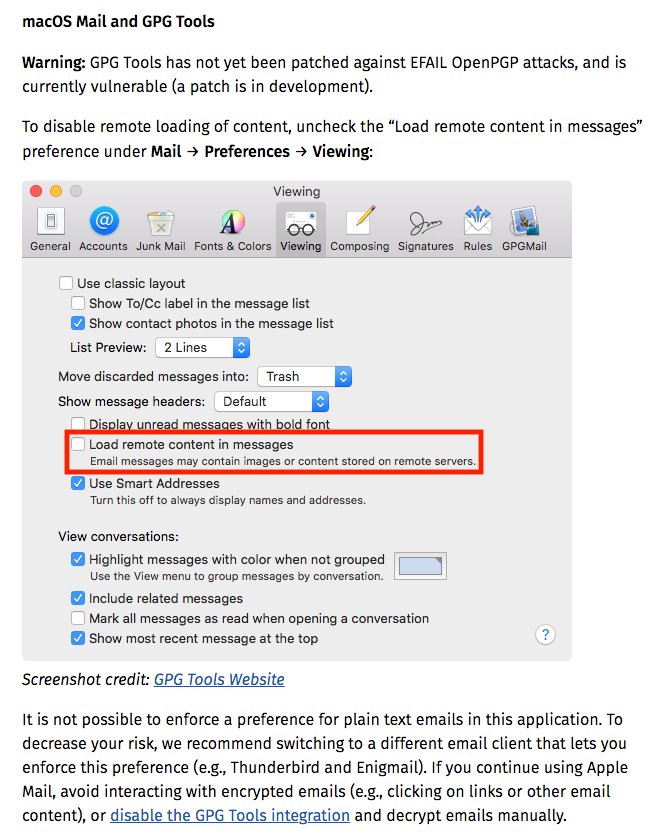

Enter the GPG command: gpg -export-secret-key -armor 1234ABC (where 1234ABC is the key ID of your key).You can either select E to also toggle Encryption as an allowed actions or continue with sign being allowed for the subkey. Initial default will be Sign and Encrypt.Enter the GPG command: gpg -expert -edit-key 1234ABC (where 1234ABC is the key ID of your key) if you are not in edit mode already.Please be sure to check the default allowed action before proceeding with adding the signing key. Note: Recent release of GnuPG may have the default allowed actions to be both sign and encrypt. When prompted to save your changes, enter y (yes).Specify the expiration of the authentication key (this should be the same expiration as the key).Once you can confirm that authentication is the current allowed actions select Q to Finish the selection.To select authentication key toggle S to disable sign, E to disable encrypt, A to enable authentication. You are prompted to specify the type of key.Note that this is the passphrase, and not the PIN or admin PIN. Enter the GPG command: gpg -expert -edit-key 1234ABC (where 1234ABC is the key ID of your key).Please be sure to check the default allowed action before proceeding with adding the authentication key. The key ID in this case is 1234ABC and you will need this key ID to perform other operations. Make a note of the key ID, that is displayed in the message such as "gpg: key 1234ABC marked as ultimately trusted". When the key has been generated, you will see several messages displayed. While the key is being generated, move your mouse around or type on the keyboard to gain enough entrophy. A dialog box is displayed so you can enter the passphrase for your key.If all information is correct, enter O (for Okay) and press Enter. Review the information you entered, make any changes if necessary.

(To leave the comment blank, just press Enter.)
Gpg suite error Offline#
Note: It is strongly recommended that you to generate keys on an offline system, such as a live Linux distribution like Ubuntu. Generating Keys externally from the YubiKey (Recommended) Linux: Pre-installed on all common distributions.
Gpg suite error software#
A current version of the GnuPG software installed.Changing the PINs can be done by running the command gpg -change-pin. Once keys have been moved to/generated on the device, we also recommend that you personalize the YubiKey by changing the PIN, setting the admin PIN, and so on. To allow for your PGP keys to be backed up, we recommend you generate them externally, not directly on the YubiKey. Before you begin, decide if you want to generate the private key on the YubiKey device, or if you want to generate the private key off of the YubiKey and then move the subkeys to the YubiKey.
Gpg suite error how to#
These instructions will show you how to set up your YubiKey with OpenPGP. If the User PIN and/or Admin PIN have been changed and are not known, the OpenPGP Applet can be reset by following this article. key from the release page.Note: If you haven't set a User PIN or an Admin PIN for OpenPGP, the default values are 12345678, respectively.


 0 kommentar(er)
0 kommentar(er)
